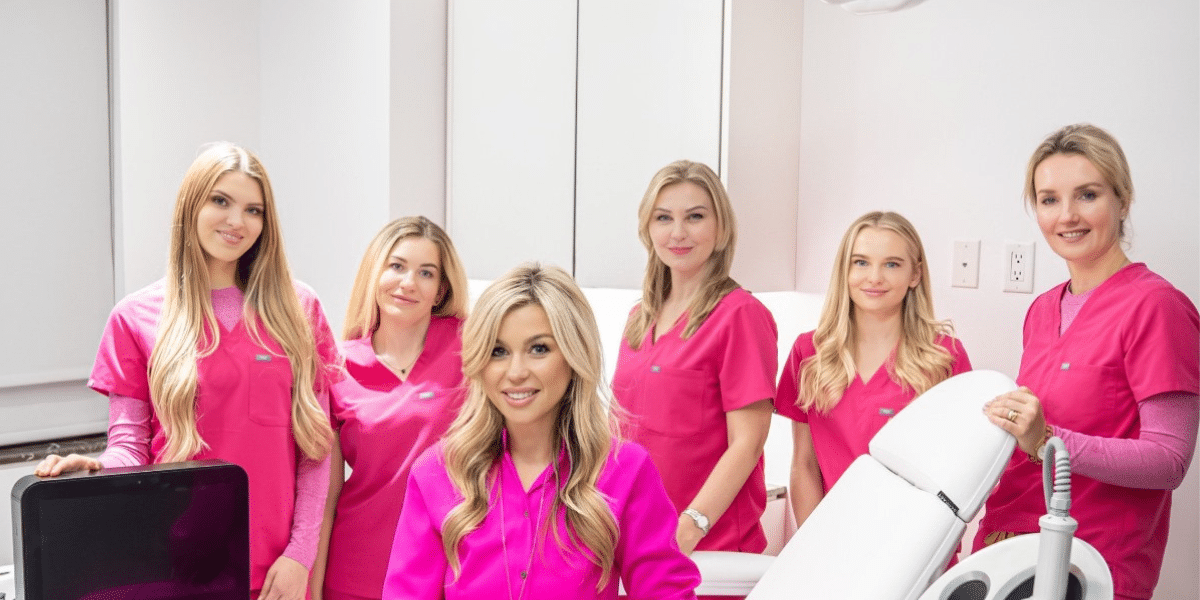Choosing and purchasing a piece of manicure equipment for home usage is the first step toward achieving a beautiful one. After all, any equipment, primarily a manicure tool, requires continual maintenance and attention to operating guidelines. For example, nail scissors, nippers, and pushers must be sharpened regularly to avoid harm to the nail plate and, as well as the appearance of burrs, wounds, and irritation on the skin. Sharpening professionals that utilize machinery to sharpen the blades are typically used by professional manicure and pedicure specialists. However, you may sharpen the tool at home without needing additional equipment. How accurate is this strategy?
What Can Professional Manicure Tools Be Sharpened?
Manicure tool sharpening is classified into two types: factory and manual. The factory is where the majority of instruments are sold. It keeps the blades sharp for around 10-15 usage, after which they begin to dull. It is impossible to operate with a tool that has a blunt working surface since there is an excellent chance of developing burrs, wounds, or ripped skin edges.
Manual sharpening is more dependable and of excellent quality. However, it takes a certain level of talent. How do you use nail nipper sharpeners at home? We can certainly state that this work will be impossible without expert equipment. Of course, you may sharpen the blades without using a machine outside the workplace, but this will only help a few times before the instrument becomes dull again.
Sharpening Nail Clippers and Other Tools
How do you properly and effectively sharpen nail scissors, tweezers, and other tools? Craftspeople utilize either laser or mechanical machines. Although laser technology enables more exact sharpening, the metal is sharpened and thinned faster during this procedure. Mechanical machines are outfitted with a diamond-abrasive grinding wheel that allows you to sharpen the blades while revolving. Sharpening equipment is required for sharpening manicure instruments at home. You will require the following:
- Whetstone (or rasp)
- Sandpaper
- Substance for evaluating sharpening level
Larger sections of the blades are sharpened following the manufacturer sharpening angles using a sharpening bar or rasp. The blades are honed with sandpaper after this harsh treatment. It is simple to connect to any foundation (for example, the handle of a spoon or fork). Of course, no one can guarantee success with self-improvement and a lack of abilities. It is preferable to hire pros if you utilize pricey professional tools.
How to Check the Sharpness of a Manicure Tool?
How thoroughly are the scissors or nail clippers sharpened? Simple checks might assist you in establishing the quality of your blade sharpness results. Choose from the following materials:
- Polyethylene Film
- Stretch Film
- Non-Woven Fabric (Wet and Dry)
- Latex, Vinyl, Or Nitrile Gloves
How Do You Inspect the Sharpening?
Fix the polyethylene so that the film’s edge is straight. Cut by closing the scissors handles. The polyethylene will not be pulled or torn by good blades. The most critical is to inspect the stretch film. Cut it into the shape of a plastic bag. Scissors should not be used to stretch or cut the film unevenly. The cut line will be uneven if you cut the napkin using a dulled instrument. This test clearly shows the presence of burrs on the metal.
Stretch the product between your fingers and attach the instrument’s handles for a glove test. Scissors frequently cut nicely at the base but not well at the ends. Checking the glove will reveal whether there is an issue with sharpening the scissor points. After shutting, there should be no gaps between the blades. When evaluating a tool with only one cutting plane (pusher, knife), the cutting action across the tested material is sufficient. A well-sharpened blade will provide a lovely, even cut with little resistance.










